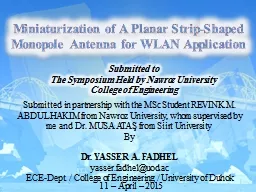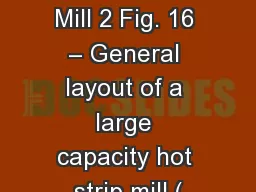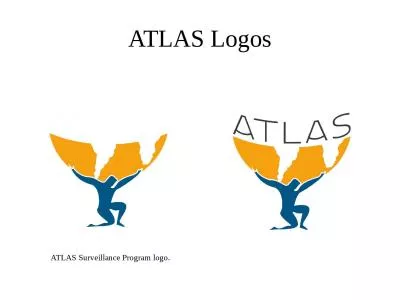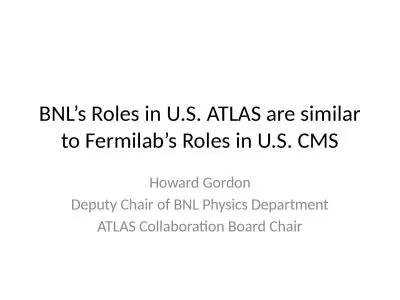PPT-ATLAS Phase II Strip Tracker:
Author : blondiental | Published Date : 2020-06-23
Electronic Developments ACES CERN 19032014 Peter W Phillips On behalf of The ATLAS ITK Strip Community Outline Conceptual Layout Barrels and Disks Staves and Petals
Presentation Embed Code
Download Presentation
Download Presentation The PPT/PDF document "ATLAS Phase II Strip Tracker:" is the property of its rightful owner. Permission is granted to download and print the materials on this website for personal, non-commercial use only, and to display it on your personal computer provided you do not modify the materials and that you retain all copyright notices contained in the materials. By downloading content from our website, you accept the terms of this agreement.
ATLAS Phase II Strip Tracker:: Transcript
Download Rules Of Document
"ATLAS Phase II Strip Tracker:"The content belongs to its owner. You may download and print it for personal use, without modification, and keep all copyright notices. By downloading, you agree to these terms.
Related Documents








